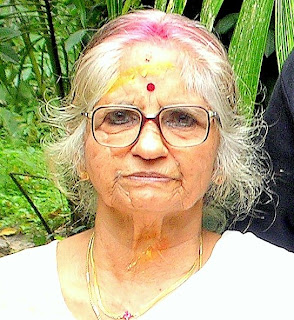Suttee, an eyewitness's account from AD 1824

An old painting on Suttee S ati , (it means, a chaste woman. Suttee is an English corruption of this word)) was the ancient practice among some north Indian Hindu communities in which the widowed woman immolated herself in the husband’s funeral pyre. The barbaric custom existed over two millennia till the early part of the 19th century. Though many attempts, over centuries, had been made to forbid the practice, it was Lord William Henry Cavendish-Bentinck, the Governor General of India between AD 1827 and 1835, who passed a regulation ,despite fierce opposition, and declared that all who abetted Suttee were “ guilty of culpable homicide.” Widow sacrifice has not been peculiar to India alone. E. B. Tylor in his Primitive Culture has provided evidences of such rites among all primitive Aryan nations. The purpose of this note is not to dwell on the history or the other ritualistic aspects of Suttee, but to bring to the notice of the readers of an eyewitness’s account of an actual rite ...


